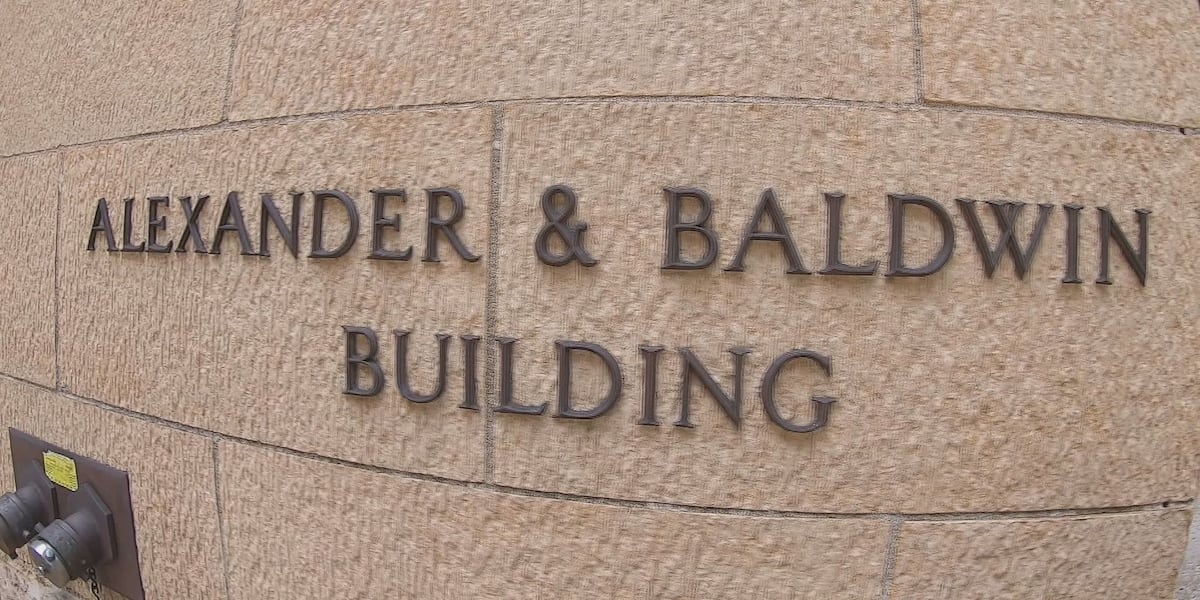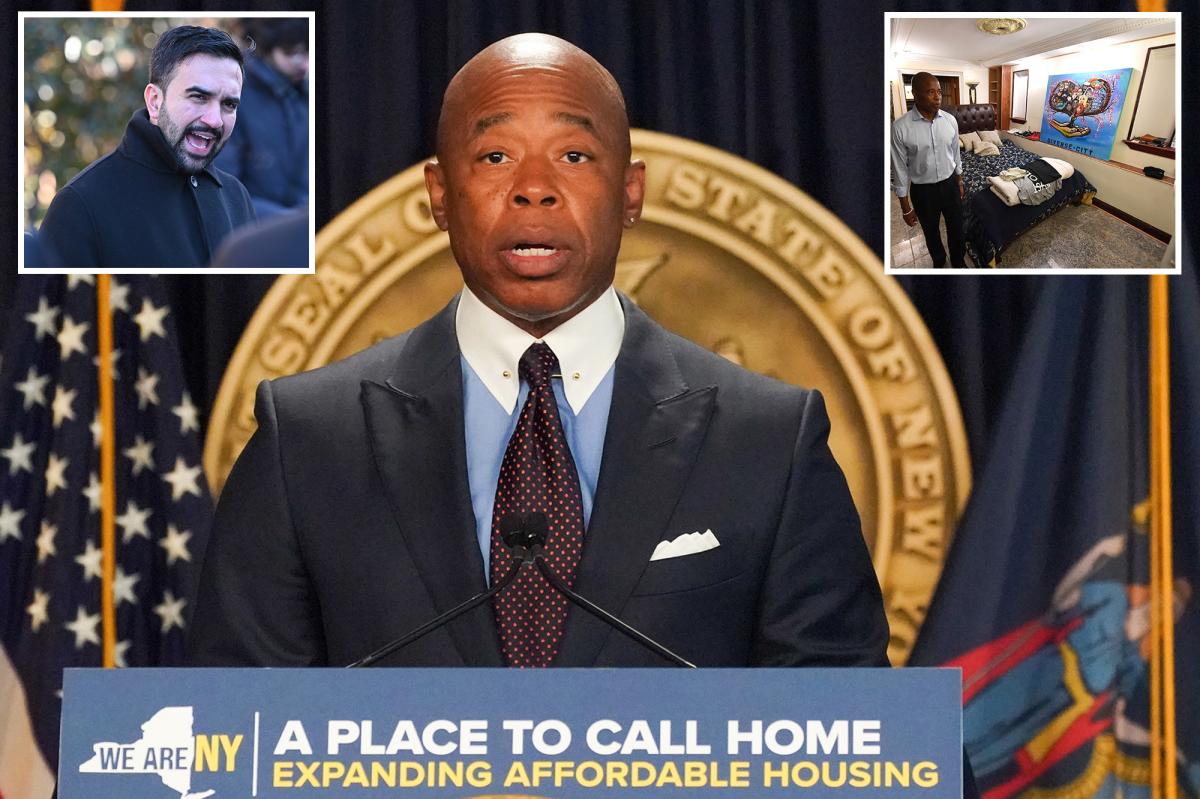W
ill Trump's "Big Beautiful Bill" truly reshape the housing market? The answer is complex. Signed into law on July 4, 2025, this legislation brings a mix of tax cuts and new policies that could have significant impacts on homebuyers, renters, investors, and the mortgage industry.
The bill is a broad budget and tax package that touches upon various aspects of American life. For our purposes, we need to focus on its implications for housing and mortgages. Here are some key takeaways:
* Low-Income Housing Tax Credit (LIHTC) Expansion: This increases the 9% LIHTC allocation and reduces the bond financing requirement for 4% LIHTCs, potentially leading to more affordable rental homes.
* State and Local Tax (SALT) Deduction Increase: Homeowners in states with high property taxes may catch a break here, as the SALT deduction cap is bumped up, potentially saving families money.
* Permanent Mortgage Insurance Deduction: This makes deductions for private mortgage insurance (PMI) permanent, benefiting those with smaller down payments.
* Permanent Mortgage Interest Deduction Cap: Setting a secure upper limit for mortgage interest deductions at $750,000 offers certainty for the housing market.
However, some provisions raise concerns about affordability and supply. For example:
* Termination of Energy Efficiency Credits: Eliminating credits for energy-efficient home improvements could drive up the cost of constructing new houses.
* Block on Rent-Setting Algorithm Regulation: Preventing states from regulating AI-based rent-setting systems could lead to unchecked rent increases.
The bill has different implications for different segments of the population. High-end buyers and investors, especially in high-tax, high-cost states, have reason to be optimistic due to provisions such as:
* SALT Deduction Increase: The increase in the SALT deduction cap is a big deal for homeowners in places like New York, California, and New Jersey.
* QBI Deduction and Bonus Depreciation: These are tax breaks specifically for real estate investors, allowing them to deduct a larger portion of their business income and depreciate renovation costs more quickly.
However, lower-income renters and first-time buyers may see limited immediate support due to provisions such as:
* Social Program Cuts: The bill includes significant cuts to social programs like Medicaid and SNAP, potentially straining low-income households.
* No New Down Payment Assistance: The absence of new federal down payment assistance programs means that first-time homebuyers will still need to rely on state and local programs.
The impact of the bill will vary significantly depending on where you live. High-tax states will likely see the most immediate benefits from the increased SALT deduction cap, making homeownership more attractive for some. Lower-tax states may experience less direct benefit from the bill.
In conclusion, while the "Big Beautiful Bill" offers some potential benefits for the U.S. housing market, it's not a magic bullet. High-end buyers and investors in high-tax states stand to gain the most, while lower-income renters and first-time buyers may see limited immediate support.















